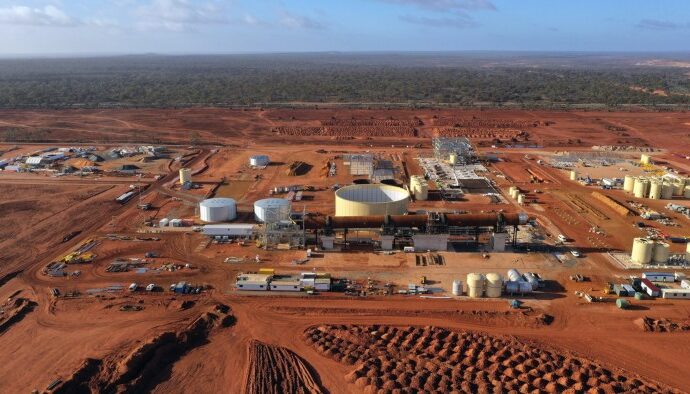The men’s downhill race at the Beijing Olympics on Sunday was postponed a day because of high winds, conditions that had contributed to competitors’ unease about a high-speed dash down an icy, unfamiliar racecourse.
After several delays to Sunday’s scheduled start and a meeting at the base of the mountain with leaders of the local organizing committee, the F.I.S., which is skiing’s world governing body, and the Olympic Broadcasting System, organizers announced that the race will take place at noon on Monday between the first and second heats of the women’s giant slalom.
To accommodate the change, the first run of the giant slalom was moved forward, to 9:30 a.m. local time from 10:15. The men’s downhill will then take place at noon, followed by the final run of the women’s giant slalom at 2:30 p.m. The giant slalom and the downhill take place on different slopes, and with different skiers, but organizers — and especially broadcasters — preferred not to run two such high-profile events at the same time.
Two of the top American medal hopefuls in the downhill agreed with the decision.
“It’s a bummer, but it’s a relief that they’re trying to have a fair race,” said one, Bryce Bennett.
Bennett and his U.S. teammate Ryan Cochran-Siegle spent time during Sunday’s delays freeskiing in the area.

Explore the Games
“We want the best ski racer to be able to win on race day,” Cochran-Siegle said. “There hopefully will be a better opportunity than there was today.”
Olympic Alpine races are usually held at established courses, and on the occasions when a new, unfamiliar track is selected, there are traditionally test events and training opportunities on the course for a year or more before the Olympics.
But the downhill course on Xiaohaituo Mountain, in a distant suburb of Beijing, could not hold test events in the past two winters because of the coronavirus pandemic. The first chance racers had to survey and practice on the course — or the racecourses for any of the nine other individual Alpine events — was a few days ago. The surface under racers’ skis also will be something new for an Olympic competition: It is made entirely of artificial snow, because the area typically receives only a few inches of natural snow.
In the first of three scheduled downhill training runs on Thursday, about a third of the racers did not negotiate all of the gates. In the second training run on Friday, racers were beginning to grasp the undulating terrain, which has several blind humps and will see racers reach speeds approaching 90 miles an hour. But after runs by only three racers on Saturday, a third and final training run was canceled because of high winds, which are common to the area and add another treacherous element to an event that requires racers to fly as far as 60 yards in the air off a series of jumps.
The cancellation of the third training opportunity outraged many racers and their coaches because most competitors use their last practice attempt on the course as a trial run for the tactics and the path between the gates, known as the line. But on Saturday, race officials deemed the gusting winds unsafe, potentially a recurring, unpredictable weather condition for Alpine races at the site.
Aleksander Aamodt Kilde, who leads this season’s World Cup downhill standings, had the fastest training run in Friday’s training session, and was one of the three racers who had an extra one on Saturday. He will be challenged by the Austrians Matthias Mayer, who won the event in 2014, and Vincent Kriechmayr, and two Swiss racers: Beat Feuz and Marco Odermatt, who is this season’s World Cup overall leader. Italy’s Dominik Paris is another racer with a strong downhill racing pedigree.
The top American contenders are Bennett, Cochran-Siegle and Travis Ganong. No American has earned a medal in the event since Bode Miller won the bronze at the 2010 Vancouver Olympics.


